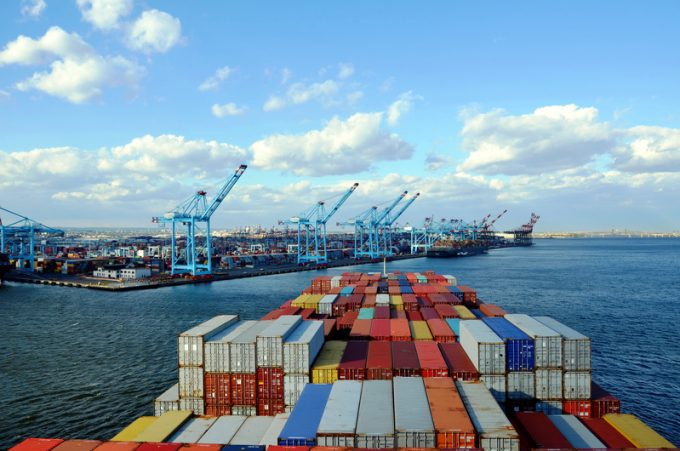Congestion fear as US west coast ports brace for transpacific cargo surge
The demand spike on the transpacific has prompted concerns of congestion and cargo bottlenecks at ...

Covid lockdowns in China, war in Ukraine and the threat of hyper-inflation are a toxic mix of unpredictability for liner trades, but they have so far not had an impact on container freight rates.
Indeed, container spot rates, although trending down, are broadly in line with ...
Keep our news independent, by supporting The Loadstar
Four crew members still missing as Wan Hai 503 continues to burn
Explosions and 'out-of-control' fire reported on Wan Hai box ship
Carrier price hikes hold, driving spot rates higher as space gets scarcer
Predatory rivals circle as the ripples from DSV's Schenker buy widen
MSC Elsa crew face criminal probe, as Wan Hai 503 firefighters battle on
'It's driving us mad', say forwarders as US court fails to end tariff turmoil
Transpacific rates ease as capacity boost proves too much for trades to digest

Comment on this article